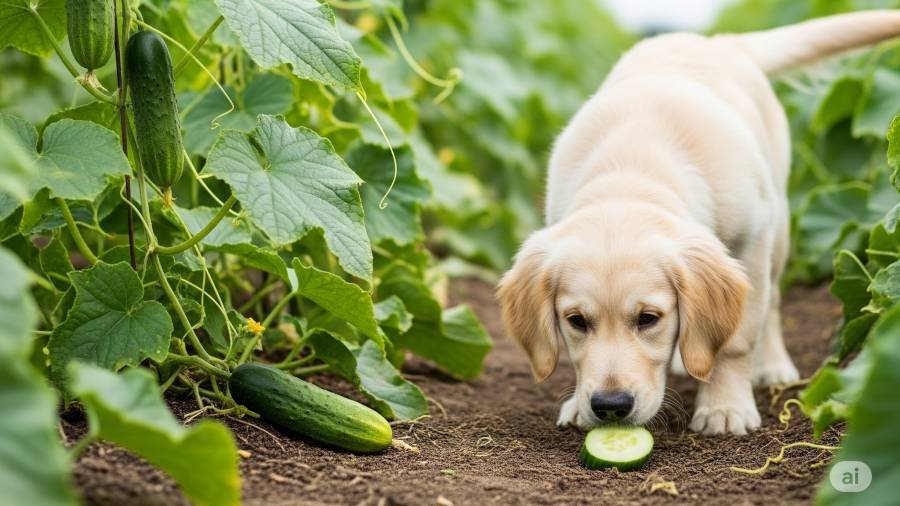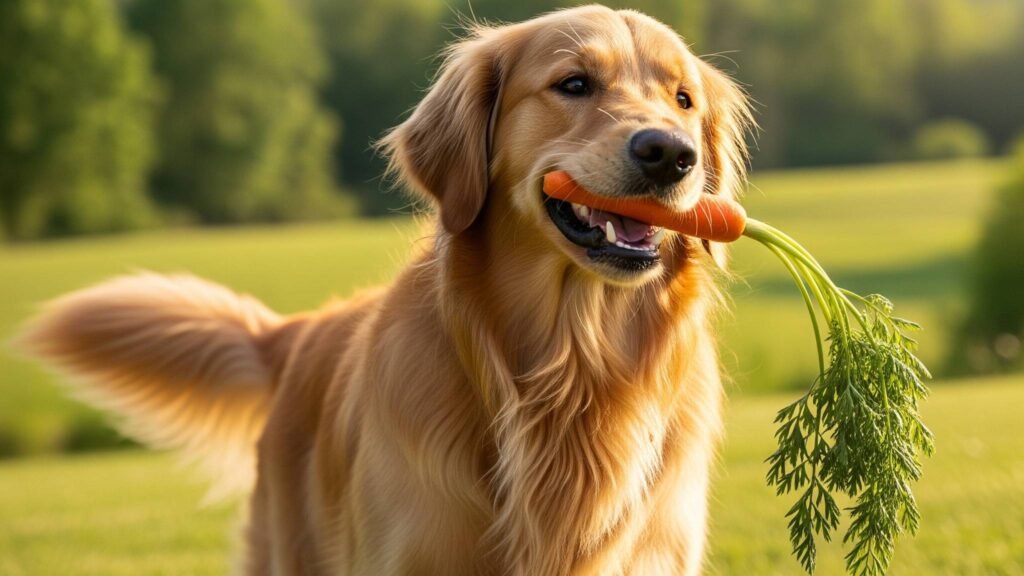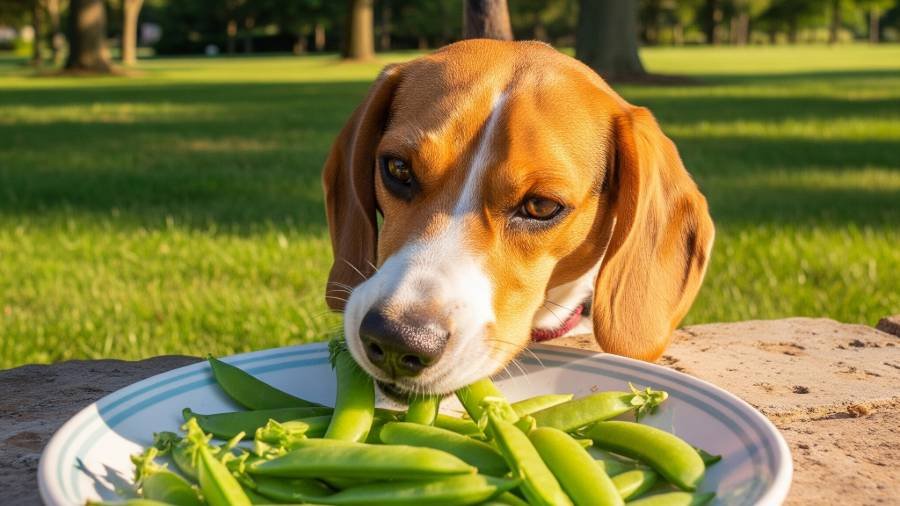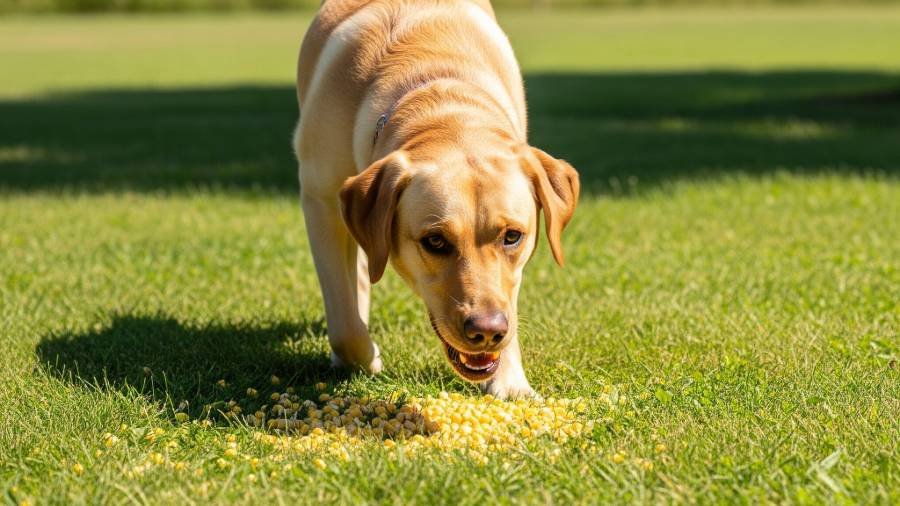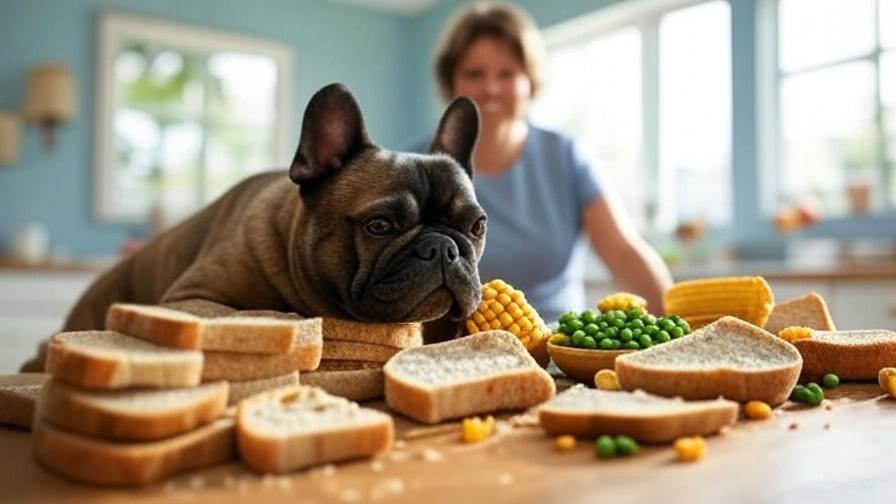No, dogs should not eat garlic as it is toxic to dogs and can cause severe health issues even in a small amount of garlic, making it a dangerous food for them.
This article provides a unique, detailed guide for dog owners on why garlic is bad for dogs, the risks involved, symptoms to watch for, and safer alternatives.

Potential Benefits of Garlic for Dogs
While garlic is touted for health benefits in humans, such as boosting immunity and acting as a flea and tick deterrent, these do not apply to dogs due to its toxicity:
- Antioxidant Properties: Garlic contains antioxidants that might support cell health in humans, but this benefit is negated by its poisonous nature in dogs.
- Anti-Inflammatory Potential: Some believe it may reduce inflammation, yet this is irrelevant given the risks to canine health.
- Nutrient Content: It offers vitamins C and B6, but these are available from safer sources and do not justify exposure.
- Flea Repellent Claims: Anecdotal evidence suggests it repels fleas, but veterinary consensus rejects this for dogs due to toxicity outweighing any effect.
These purported benefits are misleading when you consider that garlic belongs to the allium family, rendering it unsafe even in tiny quantities when dogs eat garlic. For more on safe seasonings, explore can dogs eat basil as a dog-friendly alternative.
Risks and Dangers of Garlic for Dogs
Garlic poses significant dangers that make it toxic to dogs, affecting their health even in small doses:
- Red Blood Cell Damage: Garlic causes oxidative damage to red blood cells, leading to anemia, especially in large amount consumption.
- Symptoms of Garlic Poisoning in Dogs: Ingestion can result in vomiting, diarrhea, weakness, and rapid heart rate, with severe cases causing collapse.
- Allium Family Toxicity: As a member of the allium family (including onions), garlic contains N-propyl disulfide, which is highly toxic to dogs.
- Blood Clots Risk: The compound can interfere with blood clotting, increasing bleeding risks during injuries or surgeries.
- Chronic Exposure: Repeated small amount of garlic, such as in garlic bread or cooked dishes, can accumulate toxicity over time.
- Weight-Based Sensitivity: Even grams of garlic per kilogram of body weight can be harmful, with effects varying by dog size and health.
How to Safely Feed Garlic to Dogs
Given its toxicity, garlic should be avoided, but if accidental ingestion occurs, take these steps:
- Avoid Feeding: Do not intentionally feed your dog garlic or foods containing it, such as garlic bread, to prevent poisoning.
- Remove Access: Keep garlic and garlic-containing products out of reach to stop dogs from eating garlic, especially in multi-pet homes.
- Monitor Symptoms: Watch for signs of toxicity like lethargy, pale gums, or loss of appetite after exposure, and act promptly.
- Consult a Vet Immediately: Contact a veterinarian if your dog consumes any amount, providing details on the quantity and form (raw, cooked, or powdered).
- Induce Vomiting (if Directed): Only induce vomiting under veterinary guidance, as it depends on the ingestion timing and amount.
- Provide Supportive Care: Ensure your dog has water and rest, but follow vet instructions for treatment, which may include activated charcoal or fluids.
Signs of Garlic-Related Issues
If a dog eats garlic and reacts poorly, look for these warning signs of garlic poisoning in dogs:
- Vomiting, diarrhea, or loss of appetite (early symptoms of gastrointestinal distress)
- Lethargy, weakness, or rapid breathing (indicators of red blood cell damage)
- Pale gums, jaundice, or dark urine (signs of anemia or liver stress)
- Excessive drooling or abdominal pain (digestive irritation)
- Collapse or seizures (severe cases requiring emergency care)
If these signs appear, stop any further garlic exposure and contact a veterinarian immediately. Severe toxicity may need urgent treatment.
Expert Opinions
Veterinary experts, including the American Society for the Prevention of Cruelty to Animals (ASPCA) and the Pet Poison Helpline, classify garlic as toxic to dogs, noting its ability to damage red blood cells and cause anemia even in small amounts.
They advise against any use, including as a flea remedy, and recommend immediate vet care if ingested.
Additional Considerations
- Health Conditions: Dogs with anemia, liver issues, or weakened immune systems are at higher risk. Consult a vet first.
- Puppies: Young dogs are more vulnerable due to their smaller size and developing systems. Try can dogs eat carrots instead.
- Dog Preferences: Some dogs may be drawn to garlic-scented foods, but this doesn’t indicate safety. Keep it inaccessible.
- Hidden Sources: Check labels on dog treats or human foods for garlic powder, a common hidden ingredient.
- Emergency Preparedness: Keep your vet’s number handy and know the nearest 24-hour clinic in case of garlic ingestion.
Safe Treat Alternatives
Instead of garlic, consider these safe-for-dogs treats, tailored to enhance a dog’s diet:
- Cooked Chicken: Plain, unseasoned chicken bits provide lean protein. Learn more in our guide on can dogs eat ground beef for meat options.
- Cooked Spinach: A small portion of steamed spinach offers iron.
- Apples: A few chopped apple pieces supply vitamins.
- Plain Yogurt: A teaspoon of unsweetened yogurt supports gut health. See our guide on can dogs eat Greek yogurt.
Introduce new treats gradually, monitor for reactions, and consult a vet to ensure a balanced diet.
Dogs should not eat garlic as it is poisonous to dogs, causing red blood cell damage, symptoms of garlic poisoning in dogs like anemia, and potential blood clots even in a small amount of garlic, making it garlic bad for dogs in any form.
Risks from members of the allium family and severe health issues necessitate avoiding garlic entirely, removing it from a dog’s diet, and seeking vet care if consumed.
Puppies or dogs with health conditions like liver disease should never be exposed unless under veterinary supervision, and a balanced diet with safe alternatives is crucial.
Always consult a veterinarian immediately if your dog eats garlic, and opt for healthier options.
For more on canine nutrition, explore can dogs eat bell peppers or what vegetables can dogs eat.
For additional questions about what dogs can eat or dietary concerns, feel free to ask!
